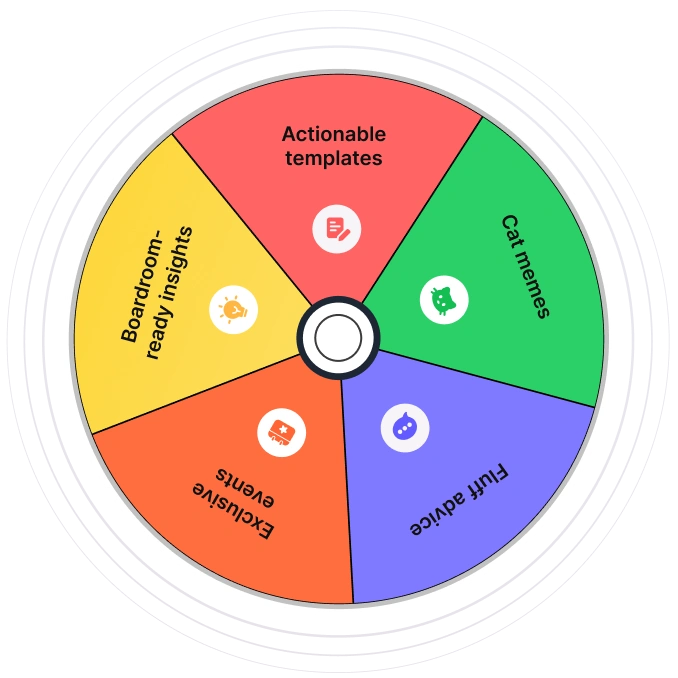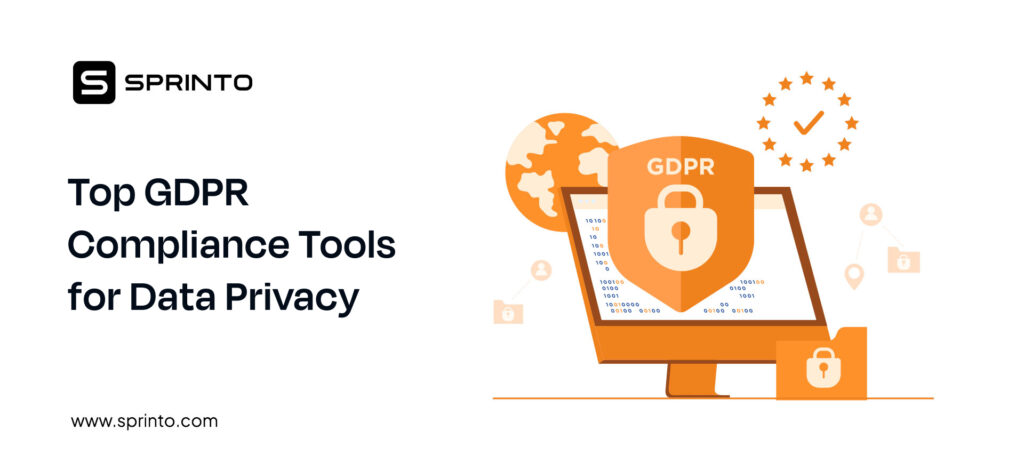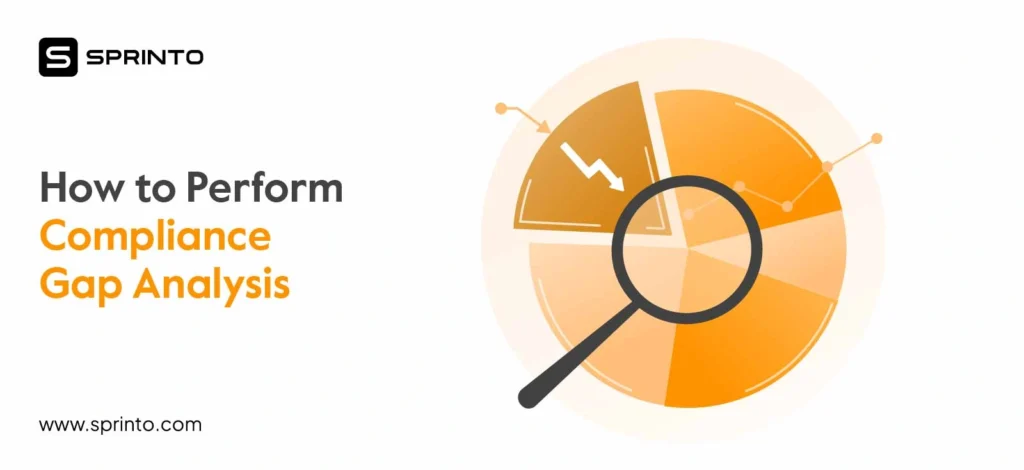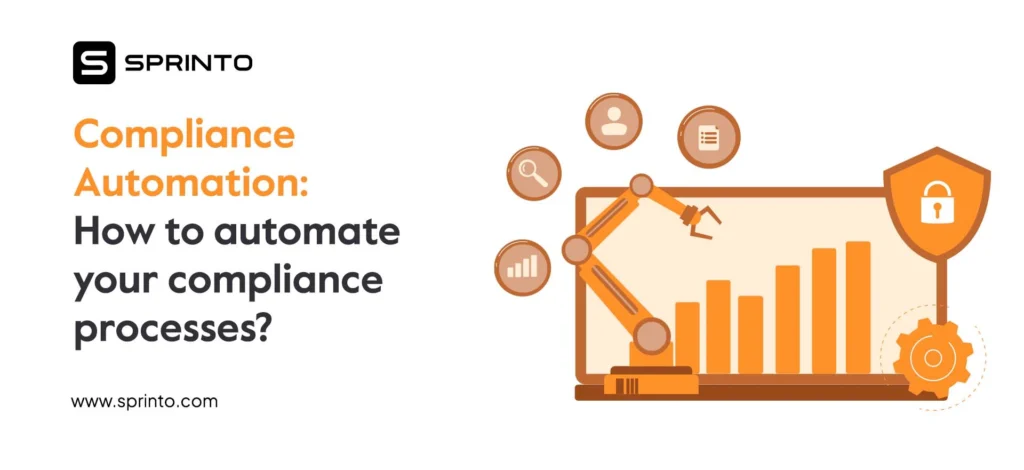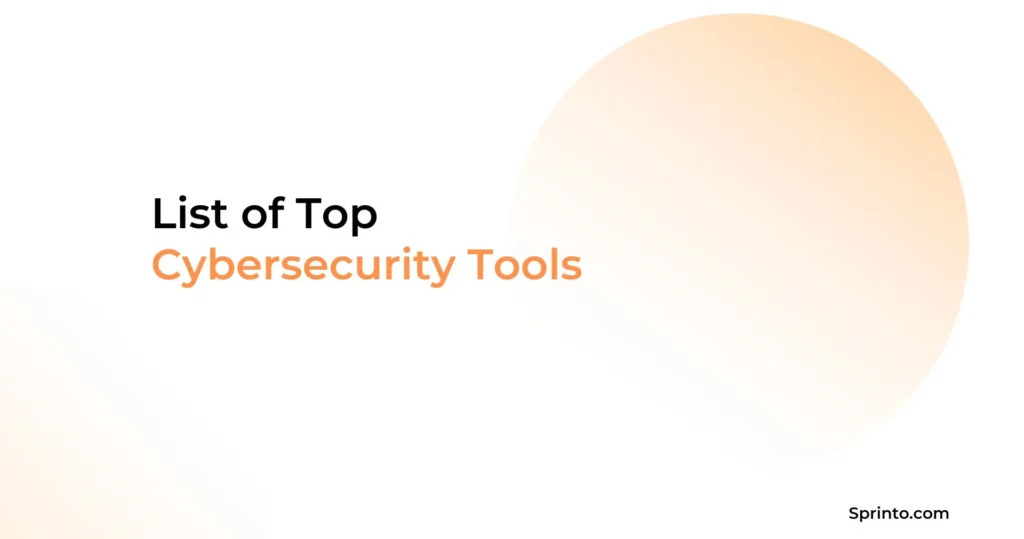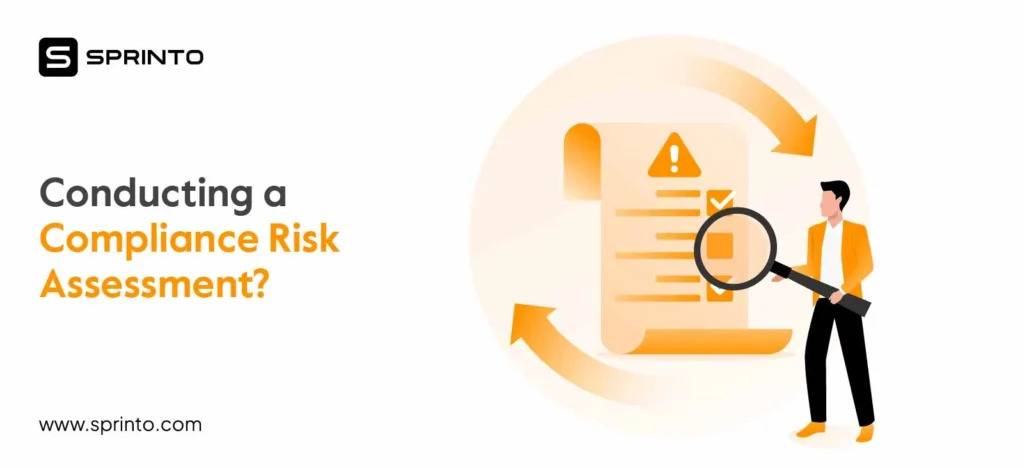GDPR compliance is vital for organizations operating within the EU. Non-compliance can lead to severe legal and financial consequences, as seen in Austria’s recent ban on Google Analytics. Specifically, Article 44 of the GDPR states that data is not allowed to be transferred beyond the EU or the EEA unless the recipient nation is able to prove it has strong and sufficient data protection. In the case of Google Analytics, US surveillance agencies can, if needed, access any data on demand from Google. This is further enforced by the invalidation of the EU-US Privacy Shield.
As the European Union continues to enforce its stringent GDPR standards, organizations are becoming more and more aware of the advantages of getting compliant with data regulations. This not only ensures the most meticulous procedures when data collection and processing is involved but also ensures that cloud-hosted companies are able to safeguard themselves in an age that has lately been characterized by rampant security incidents.
If you’re navigating the complexities of GDPR, we hope this guide provides you with sure footing and a straightforward explanation of the GDPR standard. Let’s get started.
📋 Quick Compliance Breakdown
What is GDPR?
- A data protection law from the EU that governs how organizations collect, process, and store personal data.
- Applies to all businesses handling EU residents’ data, regardless of where the company is located.
Why it matters:
- Builds trust by showing commitment to data privacy.
- Non-compliance can lead to fines up to €20 million or 4% of annual global turnover.
Core Compliance Steps:
- Map and classify personal data you handle.
- Update privacy policies and get valid user consent.
- Implement technical and organizational safeguards (encryption, access control, etc.).
- Appoint a Data Protection Officer (DPO) if required.
- Be prepared to report data breaches within 72 hours.
Who must comply?
- Any business (big or small) that processes personal data of EU citizens.
- Includes SaaS companies, e-commerce stores, B2B service providers, and global enterprises.
What is GDPR and who does it apply to?
The General Data Protection Regulation, or GDPR for short, is a (GDPR) is a digital privacy legislation that regulates how companies collect, process and protects the personal information of European Union (EU) residents. The law also governs personal data transfer outside the EU.
GDPR compliance strengthens privacy rights by giving users (called data subjects) control over how their personal data is gathered, shared, and used. They are entitled to (a) have their personal data protected, (b) used in a lawful and fair manner, (c) corrected if they ask for information to be altered, and (d) made available if they ask for a copy.
The regulation came into effect on May 25, 2018, and replaced the Data Protection Directive 95/46/ec.
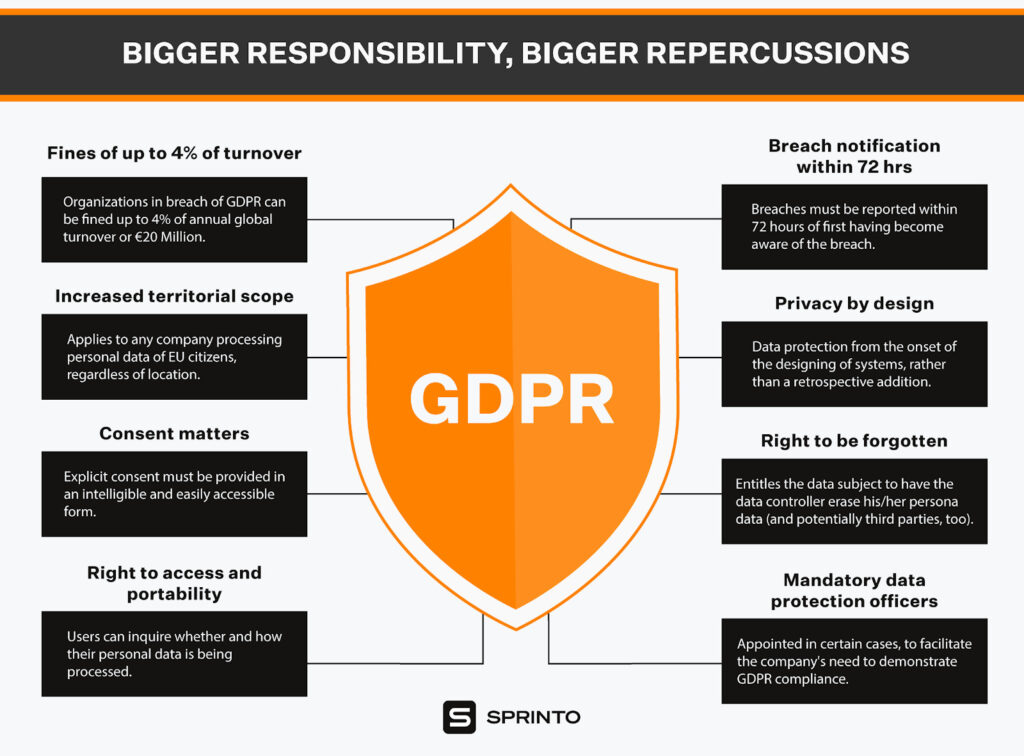
GDPR guidelines were drafted with an eye on three main goals
- Establish a baseline set of standards for cloud-hosted companies that handle EU citizens’ data
- Replace the 28 separate EU member state privacy laws and the 1995 Data Protection Directive with a unified privacy law
- Update privacy laws to align with technological advancements in personal data processing and movement
The official GDPR regulation comprises 99 articles in 11 chapters and 173 recitals. The GDPR text spans 88 pages and includes rules, scenarios, compliance requirements, and enforcement techniques.
Check out this video on GDPR principles:
Why is GDPR compliance Important?
GDPR compliance is important because it protects user privacy and builds trust with customers. If you fail to comply with GDPR, then the regulation imposes penalties of up to €20 million or 4% of global annual revenue for violations. For cloud-hosted companies handling EU data, compliance is not just a legal requirement. It is a competitive advantage and a signal of a strong security posture.
Being GDPR compliant means your organization follows the rules of the EU’s General Data Protection Regulation (GDPR) when collecting, processing, storing, or transferring personal data. In practice, this requires companies to:
- Protect personal data at every stage of its lifecycle
- Implement privacy by design and by default
- Use a lawful basis for data processing (such as consent or legitimate interest)
- Respect data subject rights like access, correction, deletion, and portability
- Apply security measures such as encryption and access controls
- Maintain accountability through documentation and third-party oversight
In short, GDPR compliance means embedding data protection into your day-to-day operations. It is not a one-time task but an ongoing responsibility.
Examples:
- Austria’s ban on Google Analytics for non-compliance.
- Fines on British Airways (€20M) and Marriott Hotels (€18.4M) for data breaches.
Check your GDPR readiness →
What is classified as personal data under GDPR?
Under GDPR, personal data refers to information that can identify you or relate to you, either on its own or in combination with other available information.
- Business information like company names and email addresses operated by multiple people is not considered personal data. E.g. support@company.com
- Business email addresses and phone numbers owned and operated by a single person are considered personal data. E.g. juliawallace@company.com
Personal data includes the following
- Name
- Residential address
- Contact information
- Race
- Identification numbers (bank account, passport)
- Access cards
- IP address, cookie data, RFID tags
- Location data/geotagging
- Audio-visual/audio recordings
- Health records
- Social media posts
- Religious and political opinions
Pseudonymous data is also considered personal data if it is relatively easy to identify the person using it.

Roles & responsibilities
GDPR defines specific roles for entities involved in handling personal data. Understanding these roles is key to assigning responsibility and staying compliant.
- Data Subject: The individual whose personal data is being collected or processed.
- Data Controller: The organization that determines the purpose and method of processing personal data.
- Data Processor: A third party authorized by the controller to process data on its behalf.
- Processing: Any action performed on personal data — including collecting, storing, using, or deleting it.
These roles form the foundation of GDPR accountability and must be clearly understood by any business handling EU data.
Key GDPR laws every company must follow
To comply with GDPR, businesses, especially cloud-hosted and B2B companies, must understand and act on specific legal obligations. Several core articles in the regulation outline how personal data must be handled.
Several key GDPR articles are especially relevant for cloud-hosted and B2B companies:
- Article 5 – Principles for lawful, fair, and transparent data processing
- Article 6 – Lawful bases for processing personal data
- Articles 12–22 – Rights of data subjects (access, correction, deletion, etc.)
- Articles 25 & 32 – Security and privacy measures for data protection
Under GDPR, companies must establish one of six lawful bases to process personal data:
- Consent
- Legal obligation
- Contract
- Public task
- Vital interests
- Legitimate interest
Cloud-based and B2B companies typically rely on consent or legitimate interest:
- Consent must be verifiable and can be withdrawn at any time.
- Legitimate interest allows for data use (like B2B marketing) but must stop if a user objects.
Does GDPR apply to my business?
Under GDPR, a personal data breach is defined as a breach of security that results in its accidental or illegal destruction, modification, or loss. It may also cause unauthorized disclosure of or access to personal data. The breach is likely to pose a risk to a person’s rights and freedoms.
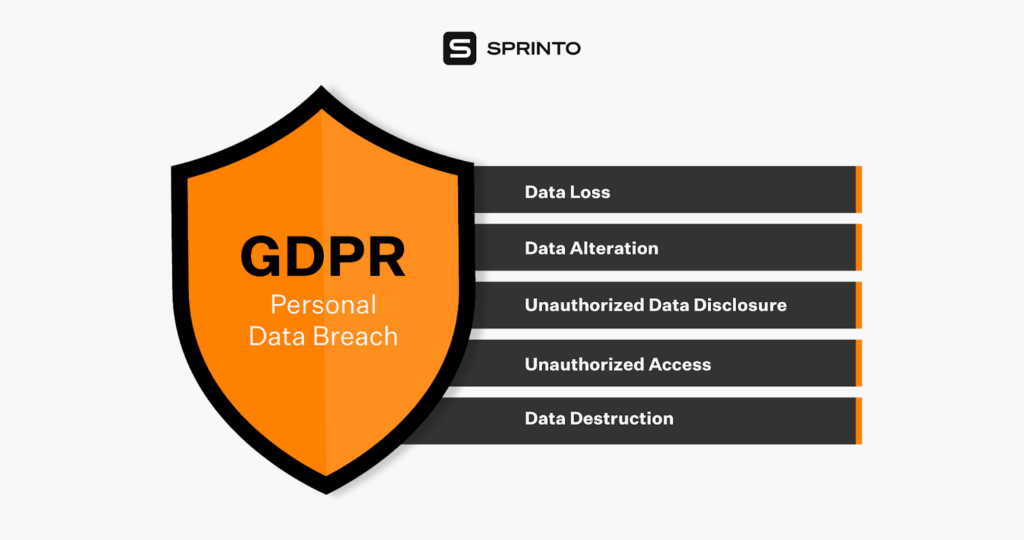
Two of the biggest data breaches that led to the drafting of the GDPR:
1. Equifax
In 2017, Equifax, a credit reporting service, suffered a major data breach that affected 143 million US customers and 694,000 UK customers. The customers’ names, passwords, birth dates, social security numbers, and partial credit card details were compromised.
The UK Information Commissioner’s Office fined the company the maximum possible amount under the pre-GDPR Data Protection Act, which is £500,000.
2. Facebook/Cambridge Analytica
A British data science firm, Cambridge Analytica, scraped the Facebook profiles of more than 50 million users without their consent. The data was used to inform Trump’s 2016 presidential campaign.
Data was acquired through a personality quiz app called “this is my digital life”, which requested access to the Facebook profiles of the people taking the quiz.
Facebook was also fined £500,000 for the breach.
These real-world data breach examples reveal how a breach can have far-reaching consequences. The GDPR and similar data protection legislation aim to protect people from such violations of privacy.
Check out the list of GDPR software that can help you avoid data breaches.
Does GDPR apply to my business?
If your business collects, stores, or processes personal data of EU residents, regardless of where you’re based, then yes, the GDPR likely applies to you.
92% of US companies consider GDPR a top priority for data protection regulation.
Ask yourself these questions to know if the GDPR applies to your company
- Does the company market to customers in the European Union?
- Does the company have employees that work in the European Union?
- Or does the company have a current customer base in the European Union?
Companies that accept payments in Euros also fall under GDPR.
Specific criteria for companies required to be GDPR-compliant are
- A presence in an EU country
- Processing or storing the personal data of EU citizens, even if it isn’t located in the European Union
- More than 250 employees
- Less than 250 employees but performing data processing that affects the rights and freedoms of data subjects or involves certain types of sensitive personal data
EU-based companies in cloud services, telecommunications, insurance, and e-gaming automatically fall under the GDPR.
Some of the ways in which B2B and cloud-hosted companies can comply with the GDPR
- Keep valid, up-to-date records of all data processing activities, including internal records.
- Update the content and language of your privacy policy to be relevant, easy to access, and easy to read and understand.
- Review or identify the legal basis for processing personal data.
- Review systems to ensure that GDPR user rights are covered.
- Maintain valid records of consent and handle consent in a GDPR-compliant way.
- Use the principle of data minimization: the more types of data are processed, the greater the risk.
Roles under in GDPR Compliance: DPO, Controllers, and Processors
GDPR establishes the need for several positions to oversee compliance in cloud-hosted companies: data controller, data processor, and data protection officer (DPO).
- The data controller is the entity responsible for determining the purpose and lawful basis for the processing of personal data. The controller also ensures that outside contractors are GDPR-compliant.
- The data processor is the individual responsible for processing personal data on behalf of the data controller. Data processor collaborates with the data controller.
- The data protection officer is appointed by the data controller and data processor as per GDPR guidelines to oversee data protection and monitor GDPR compliance. This includes training staff and raising awareness. Cloud-computing companies should provide initial and refresher training about GDPR guidelines. They should also have a mechanism in place to record these training sessions.
The GDPR requires a company to appoint a DPO if:
- It is a public authority or entity
- Its core activities need large-scale, systematic, and regular monitoring of data subjects e.g. tracking of online behavior
- Its core activities consist of large-scale processing of special categories of personal data or data related to criminal convictions and offenses.
Articles 37, 38, and 39 of the GDPR talk about the designation, position, and tasks of the data protection officer respectively.
What Happens if Your Company Fails to Comply With the GDPR?
The ramifications are severe if you fail to comply with GDPR guidelines:
1. Financial penalties
Companies that violate the rules of the GDPR and suffer data breaches are levied harsh fines. The maximum amount is 4% of a company’s annual global turnover or €20 million.
Under the Data Protection Act, the maximum fine for failing to stop a data breach was far less: £500,000.
The Information Commissioner’s Office (ICO) considers the following points when deciding whether to levy a fine:
- Severity and length of the data breach
- The type of personal data compromised in the breach
- Whether the data breach was negligent or intentional
- Whether the company has suffered a previous data breach
- Or whether the data breach impacted the rights and freedoms of the affected individuals
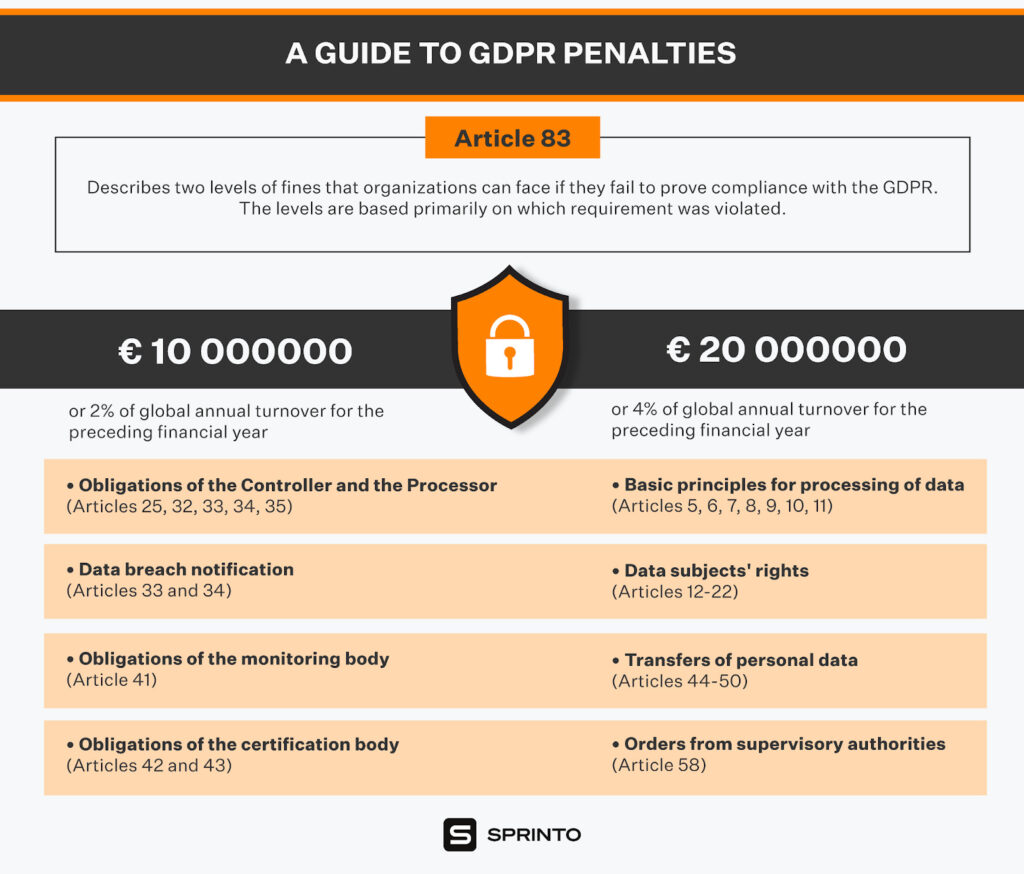
Some examples of data breaches that have attracted huge fines are:
- British Airways was handed a fine of €20 million for “unacceptable” failure to protect its customers. It is the largest fine levied by the ICO so far. The major 2018 breach led to the theft of booking information of more than 400,000 people.
- Marriott Hotels was fined £18.4 million for a data breach that affected over 339 million guests. The first part of the breach occurred in 2014 and affected the Starwood Hotels group, which was acquired by Marriott two years later. However, until 2018, the hacker had access to all affected systems that included names, email addresses, phone numbers, passport numbers, VIP status data, arrival and departure information, and loyalty program numbers.
- Google was fined $57 million by France’s data protection authority, CNIL, for not complying with GDPR guidelines in the way it handled ad personalization. It didn’t take specific or unambiguous user consent to process data for ad personalization. Users did not understand the “plurality of services” in which their personal data is used and processed.
GDPR regulations apply to even the top Internet companies of the world. Smaller businesses may not attract the same magnitude of fines but they are held to the same high standards.
2. Tarnished reputation
You may be able to pay fines, but can you repair the damage to the company’s reputation just as easily? Companies should raise awareness and conduct regular training to educate their staff about GDPR compliance.
3. Compensation for damages
Under GDPR, individuals have the right to claim compensation for material or non-material damages due to violation of the guidelines. Major breaches could result in a large volume of compensation claims.
How to become GDPR compliant
To become GDPR compliant, you must adhere to the principles of GDPR. This involved implementing a combination of administrative, physical, and technical measures.
Here are the 7 steps to get GDPR compliance:
1. Understand data and requirements
Start by conducting a data audit to understand the personal data you collect. If you sell goods or services in the EU or UK, or if people from these regions visit your website and opt in to any marketing campaigns, it’s essential to know how the data is processed, stored, and transmitted. Classify the data based on its sensitivity and determine its flow through systems, networks, and databases.
The analysis also includes gathering information on the retention period of the data and ensuring that the basis for processing is legal.
2. Appoint a Data Protection Officer
GDPR requires certain organizations to appoint a Data Protection Officer to oversee GDPR compliance. You must appoint a DPO if:
- You are a public authority or body processing data
- Your core activities include large-scale processing of personal data
- You are engaged in systematic monitoring of data subject rights at a large scale.
The DPO can be an internal employee with expertise in data protection laws or an external service provider.
3. Implement privacy policies and technical measures
Update or draft privacy policies where you emphasize privacy by design where you collect minimum necessary data and protect it throughout its lifecycle. Cover details such as the basis of processing, the data collection method, data disposal and how data subject rights are exercised.
Implement technical measures to protect data such as encryption, data masking, access controls and internal audits.
4. Communicate your commitment to data privacy
Communicate to your customers about the data collection practices and be transparent. For this, you can update your privacy policies with clear and concise language, use cookie-consent forms, establish double opt-in for email sign ups, offer opt-out mechanisms and publish an FAQ section for data collection and privacy practices.
5. Review contracts
If you further share the personal data with third-parties and vendor, you must ensure that they too comply with the GDPR requirements.
These activities must be governed by a data processing agreement with clearly defined responsibilities and any liability clauses.
6. Create a data breach notification procedure
Establish a procedure to identify and report data breaches. In case of a breach, the organization must release a data breach notification not later than 72 hours of becoming aware about the breach. If a large number of people are impacted, they must also be notified with details such as the impact and the corrective measures taken.
7. Consider certification
While GDPR certification is not mandatory, most businesses opt for it to demonstrate their commitment to data protection and claim better deals. You can work with external consultants and tools like Sprinto to proceed for the certification.
For a step-by-step walkthrough, check out our GDPR compliance checklist to make sure you’ve covered every critical requirement.
GDPR Compliance Cost
The cost of becoming GDPR compliant can range from $20500 to $102500 depending on the size of the organization and your choice of consultant and tool.
The compliance costs are mentioned in the table below:
| Category | Estimated Cost Range (USD) |
| Implementation Costs | $5,000 – $30,000 per year |
| Security Tools | $5,000 – $20,000 |
| Continuous Monitoring | $5,000 – $30,000 |
| Security Training | $500 – $12,500 |
| Legal Consultancy | $5,000 – $15,000 |
However, with tools like Sprinto, the costs can be significantly lower. Moreover, you do not pay any additional cost for implementation, training, monitoring, or consultancy.
Accelerate GDPR Compliance with Sprinto AI
You now have a complete view of why GDPR matters, the risks of non-compliance, and the operational effort required to meet its requirements. GDPR is not a one-time exercise but a continuous responsibility that demands structured processes, consistent evidence, and proactive oversight. Managing all of this manually is expensive, time-consuming, and difficult to scale as your systems, teams, and vendors grow.
Sprinto AI brings automation and intelligence to your GDPR program so you can stay compliant with far less manual effort. It provides real-time guidance tailored to your environment, detects risks early, updates control performance automatically, and helps your teams complete compliance tasks inside the tools they already use. This creates a predictable and sustainable path to GDPR readiness supported by ISO 42001 aligned governance.
Here are the key ways Sprinto AI strengthens and accelerates your GDPR compliance process:
Faster and accurate DPIA and ROPA completion
Sprinto AI analyzes your systems, data flows, and processing activities and guides you through exactly what needs to be documented so you avoid delays and missed requirements.
Automated discovery of PII touchpoints
The platform identifies where personal data lives across cloud, code, apps, and vendors so you get complete visibility without manual investigation.
AI assisted vendor and third party due diligence
Upload a policy or vendor document and Sprinto AI extracts key controls, highlights risks, and summarizes posture so due diligence takes minutes instead of hours.
Early detection of data handling risks
Sprinto notifies you when access patterns or configurations shift from expected behavior so you can address issues long before they become compliance gaps.
Continuous monitoring across your stack
Across infrastructure, HR systems, and engineering tools, Sprinto validates control performance with automated tests and real time context so you are always ready for GDPR reviews.
Evidence that stays updated automatically
Evidence is collected, time stamped, and refreshed through integrations so your audit trail stays complete without manual uploads or repeated follow ups.
Sprinto AI gives you the fastest and most reliable path to GDPR compliance while reducing manual effort and strengthening your privacy posture at scale.
Book a demo to see Sprinto AI in action and get GDPR compliant with confidence.
FAQs
To be GDPR compliant means your organization protects EU personal data by default, applies “privacy by design,” and follows the GDPR’s strict rules for data collection, storage, processing, and transfer. It also means honoring individuals’ rights (access, deletion, correction) and ensuring lawful, transparent, and secure handling of personal data.
GDPR compliance is a certification that signifies the adherence to the GDPR framework of establishes guidelines that concern the gathering and processing of personal data from EU citizens. The Regulation applies regardless of where the company is located as long as it markets its services and goods to EU customers. GDPR compliance requires that companies that collect data from people in the EU countries follow the strict rules laid out by it.
The Privacy Officer (DPO) ensures GDPR compliance across the company. They advise on data protection, monitor processes, and liaise with regulators. Their role is critical for safeguarding data and avoiding legal risk.
Limit data collection, encrypt sensitive info, and restrict access. Train employees regularly and vet third-party vendors. Use tools like Sprinto to automate monitoring and stay audit-ready.
Pritesh Vora
Pritesh is a founding team member and VP Growth & Marketing at Sprinto. He comes with over a decade of experience and is a data-driven dynamo in growth strategy, sales, and marketing! His strategies have crafted the success of not one, but two early-stage SaaS startups to 7-digit revenues within a year – he’s your go to guy for all things growth.
Explore more
research & insights curated to help you earn a seat at the table.






